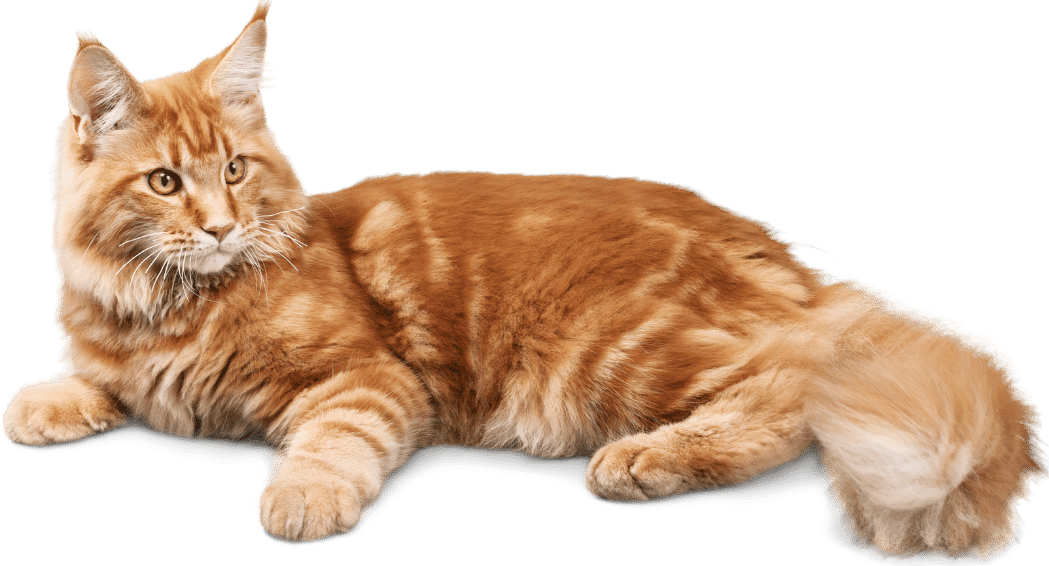Shiba Inu Dog Breed: Temperament, Lifespan and Information
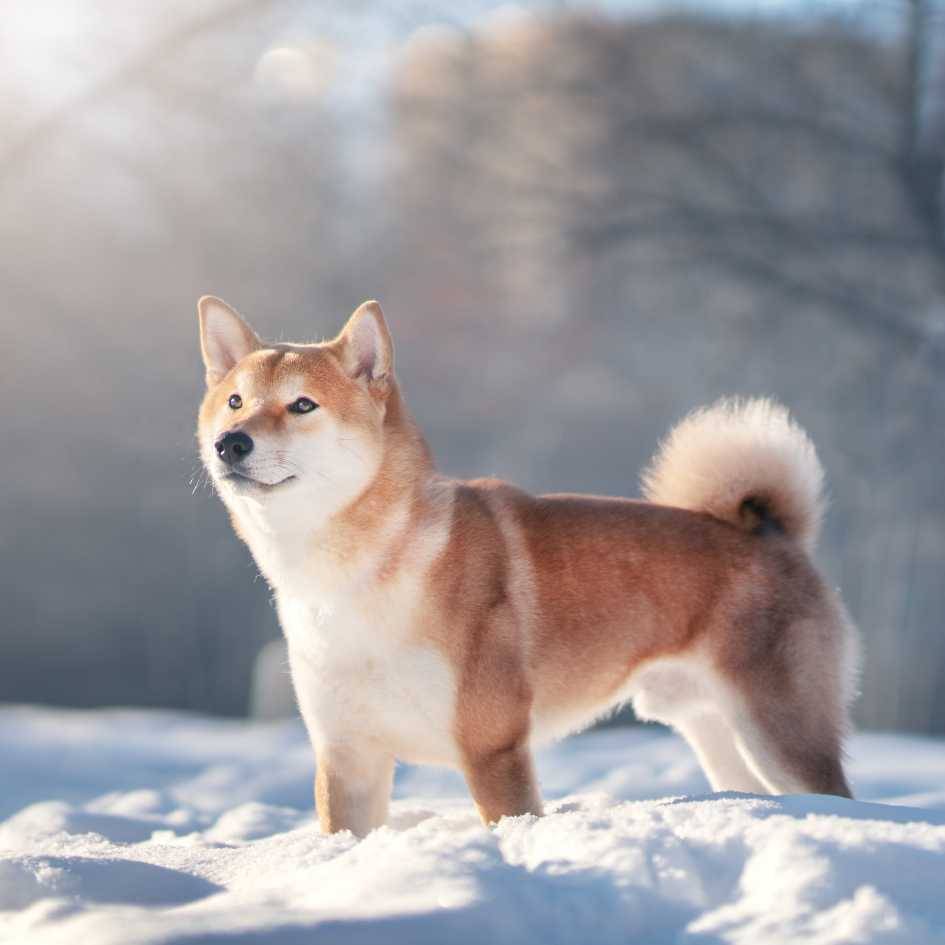

The Shiba Inu is one of the most iconic and intriguing dog breeds in the world. With its fox-like appearance, spirited personality, and deep-rooted history in Japan, this small dog continues to grow in popularity across the globe. But owning a Shiba Inu isn’t just about the looks — this breed has unique traits that potential owners need to understand.
In this article, we’ll take a deep dive into the Shiba Inu dog breed — covering its temperament, health, grooming needs, origin, and much more. If you’re thinking of bringing home a Shiba Inu puppy or just curious about this ancient Japanese breed, this guide will give you everything you need to make an informed decision.
What is a Shiba Inu and Why Is It So Popular?

The Shiba Inu is a small-to-medium breed of hunting dog from Japan, known for its alert expression, spirited personality, and agile frame. It’s the smallest of the six original native Japanese dog breeds, including the Akita Inu and Hokkaido. Originally bred to hunt small game in Japan’s mountainous regions, the Shiba Inu has become a popular dog worldwide, not just for its looks, but for its independence and intelligence.
The Shiba Inu breed stands out with its compact size, upright ears, and curled tail. It also has a distinct, thick double coat that sheds heavily twice a year. As a companion dog in Japan, the Shiba Inu has earned its place in the homes and hearts of millions, thanks to its loyal yet independent nature.
Is the Shiba Inu a Good Dog for First-Time Owners?

The Shiba Inu is a highly intelligent but strong-willed dog, often recommended only for the experienced owner. While they are affectionate and loyal, Shibas are known to be escape artists and can be stubborn during training. Their prey drive is also high, so they may not do well with cats or small pets unless properly socialized early
A first-time dog owner may find the Shiba Inu challenging due to its independent spirit and tendency to exhibit destructive behaviour when not given lots of mental stimulation. They require consistent training, boundaries, and patience — and if not provided, can become aloof or even aggressive.
Where Did the Shiba Inu Dog Breed Come From?

The Shiba Inu is an ancient Japanese breed, native to Japan, and was originally bred over a thousand years ago. The word “Inu” means dog in Japanese, and “Shiba” roughly translates to “brushwood,” referring to the terrain where they were used to hunt or the color of their fur.
The breed is believed to be a spitz, sharing bloodlines with other Japanese dogs like the Akita, Hokkaido, and Kishu. As a breed of hunting dog, the Shiba Inu was developed to hunt wild boar and birds in rough, mountainous areas. After nearly facing extinction during World War II, efforts by breed enthusiasts and groups like the National Shiba Club of America helped preserve the breed and bring it to global popularity.
What Does a Shiba Inu Look Like?

The Shiba Inu dog is compact, muscular, and agile — characteristics ideal for a hunting dog from Japan. Their thick double coat features an undercoat that provides insulation and outer guard hairs that are stiff and straight. This coat comes in several standard colors: red, black and tan, sesame, and cream (though cream is often considered undesirable in show rings).
A Shiba Inu puppy has a particularly adorable and fluffy appearance, but owners should prepare for heavy shedding as the dog matures. Their fox-like muzzle, upright ears, and curled tail are defining features. A Shiba Inu’s expressive eyes and confident posture only add to its visual charm.
Understanding the Shiba Inu Temperament
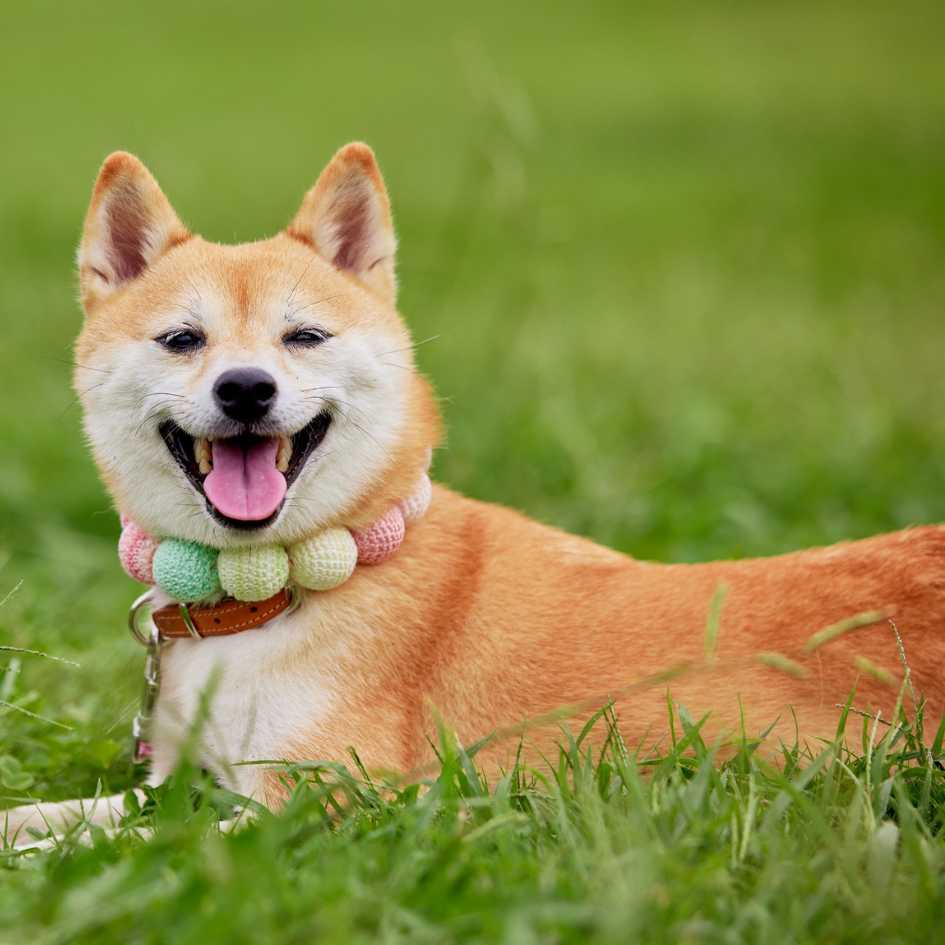
The temperament of a Shiba Inu is often described as good-natured, spirited, and aloof. They are known for being cat-like, often cleaning themselves and exhibiting a quiet independence. However, when upset or scared, they may let out the notorious “Shiba scream,” a loud, high-pitched noise that can surprise many owners.
They’re not known for being overly affectionate, but a properly raised Shiba can form deep bonds with their family. Their canine independence means they don’t cling, and they may not always come when called — especially if they’re chasing something due to their high prey drive.
How to Properly Care for a Shiba Inu?

Caring for a Shiba Inu requires commitment. Their double coat that sheds means regular brush sessions, particularly twice a year during seasonal shedding periods. While their grooming needs are moderate, regular grooming is still essential for hygiene and comfort.
Feeding your Shiba Inu a balanced diet is critical to maintain a healthy ideal weight. They are prone to certain health issues, so always use quality dog food and consult your veterinarian regularly. Daily walks and lots of mental stimulation are necessary to prevent destructive behaviour and boredom.
What Are Common Shiba Inu Health Problems?

Like many breeds, the Shiba Inu dog breed can be prone to specific health issues. One common concern is patellar luxation or patella luxation, a condition where the kneecap dislocates. They may also suffer from dental disease, luxation, and distemper if not properly vaccinated.
Responsible breeders will screen for these problems, and regular vet check-ups can catch early signs. Maintaining proper hygiene, brushing their fur, and feeding a proper diet also help avoid complications.
How Long Do Shiba Inus Live?

The typical lifespan or life expectancy of a Shiba Inu is 12–15 years. With the right care, diet, and regular health monitoring, some Shibas live even longer. Ensuring they receive enough exercise, have proper socialization, and avoid common canine diseases will contribute to a longer, healthier life.
A well-raised Shiba Inu will be an energetic, intelligent, and affectionate companion dog for over a decade — a truly rewarding relationship for the dedicated owner.
FAQs About Shiba Inus
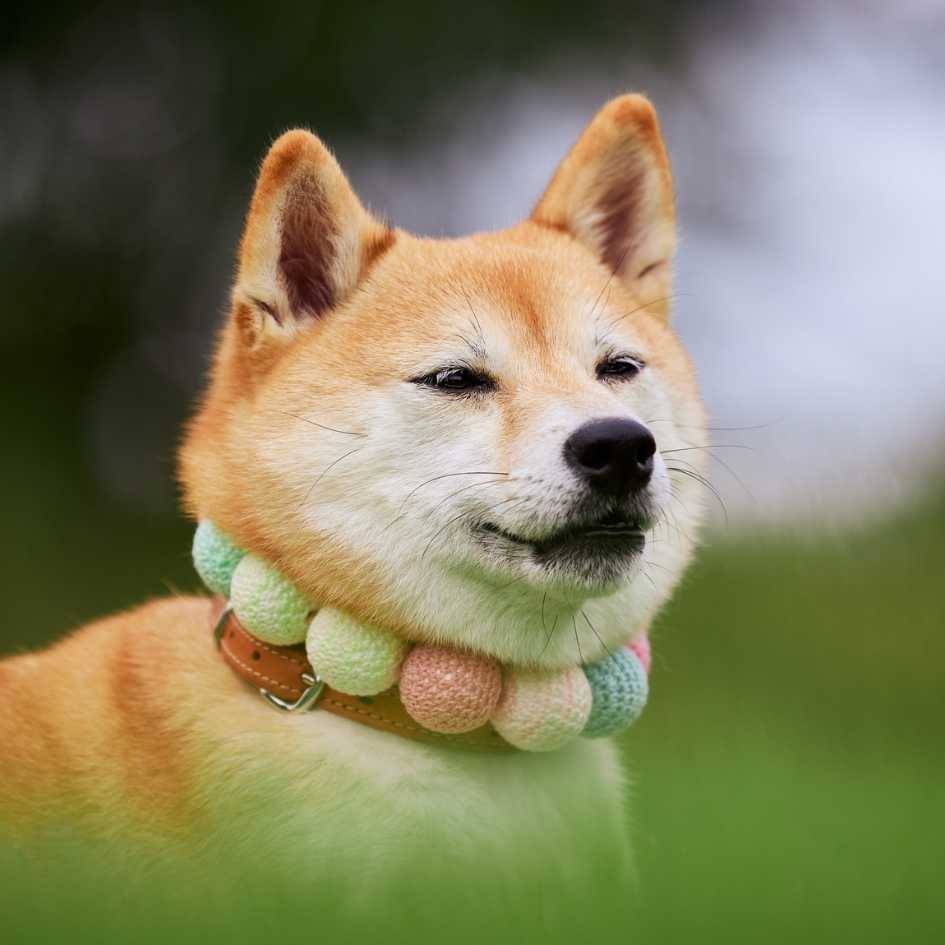
Are Shibas aggressive?
While not inherently aggressive, Shibas can be territorial or aloof. Early socialization helps reduce these traits.
Do Shibas shed a lot?
Yes. The Shiba Inu has a double coat that sheds, especially twice a year. Regular brushing helps manage heavy shedding.
Are Shibas good with kids or other pets?
Shibas may not always be well with cats or small children unless raised with them. Their prey drive and independent nature can be challenging.
How much exercise does a Shiba need?
They need daily walks and lots of mental stimulation. Without it, they may become bored and exhibit destructive behaviour.
Should You Get a Shiba Inu Puppy?

Getting a Shiba Inu puppy can be a joyful and fulfilling experience — but only if you’re prepared. As a popular dog breed, many people are drawn to their looks without understanding their temperament or needs.
A Shiba Inu requires patience, consistency, and plenty of training. They are best suited for those with prior canine experience or the time to dedicate to learning how to raise them properly. If you’re up for the challenge, the Shiba Inu offers loyalty, beauty, and a spirited personality unlike any other dog breed.
Key Takeaways: What to Remember About the Shiba Inu
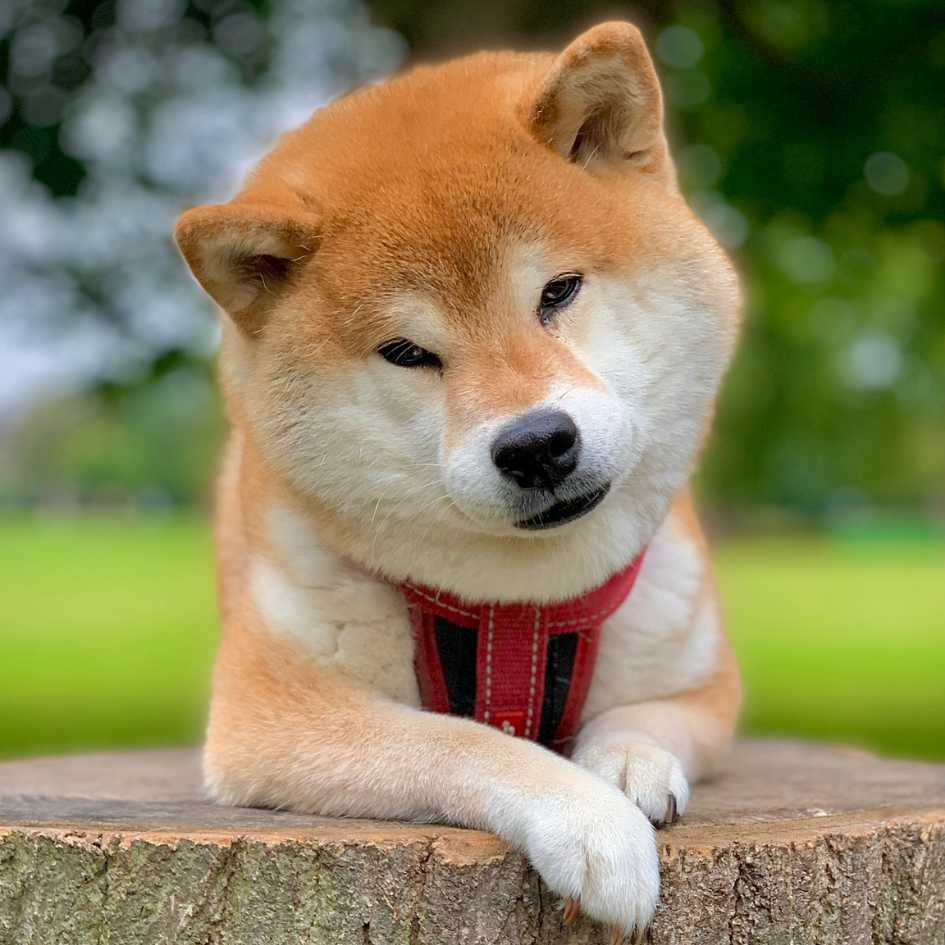
- The Shiba Inu is a small-to-medium breed native to Japan, originally bred to hunt small game.
- Known for its independent temperament, it’s best suited for an experienced owner.
- The breed has a thick double coat that sheds heavily, requiring regular grooming.
- Health concerns include patella luxation, dental disease, and luxation.
- A Shiba Inu dog lives between 12 to 15 years, with proper care and a balanced diet.
- They’re highly intelligent, sometimes strong-willed, and known for the unique Shiba scream.
- Their prey drive and aloof nature make early socialization essential
Shiba Inu Puppy Price in India
In India, the price of a Shiba Inu puppy typically ranges from ₹1,50,000 to ₹3,50,000, depending on factors such as imported lineage, breeder reputation, and availability. Since it’s a rare dog breed in India, costs may be higher due to limited breeders and import expenses.
Always choose a responsible breeder who prioritizes health and proper care over quick sales, especially given the Shiba Inu’s need for socialization and resistance to certain climates.


